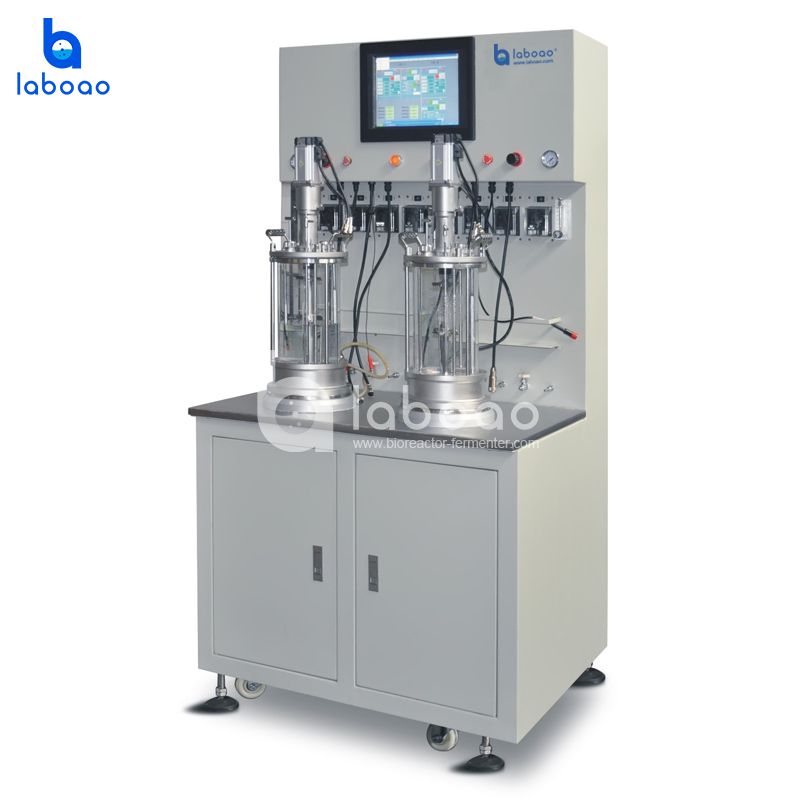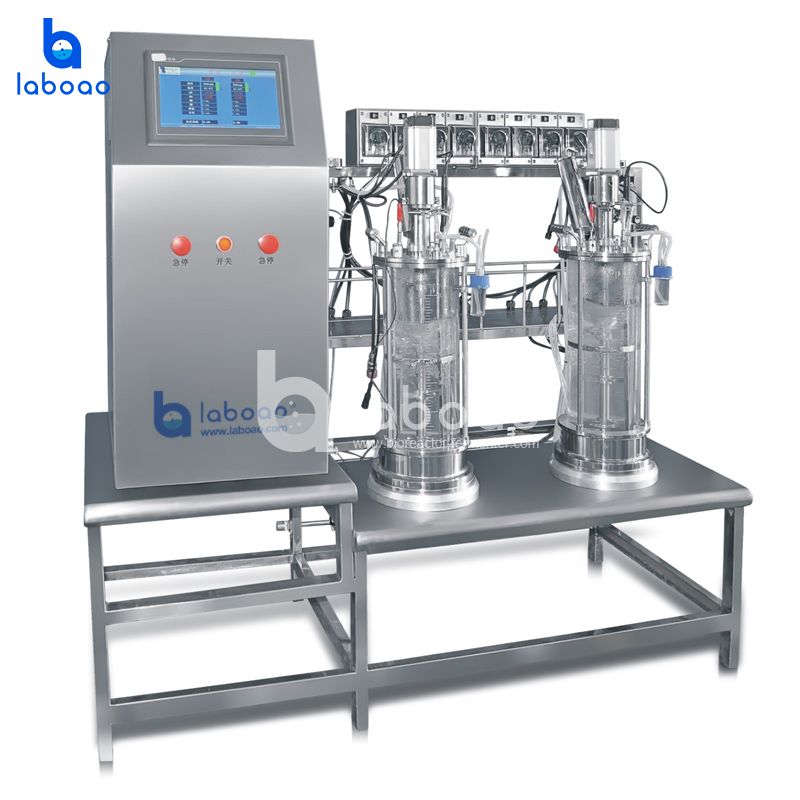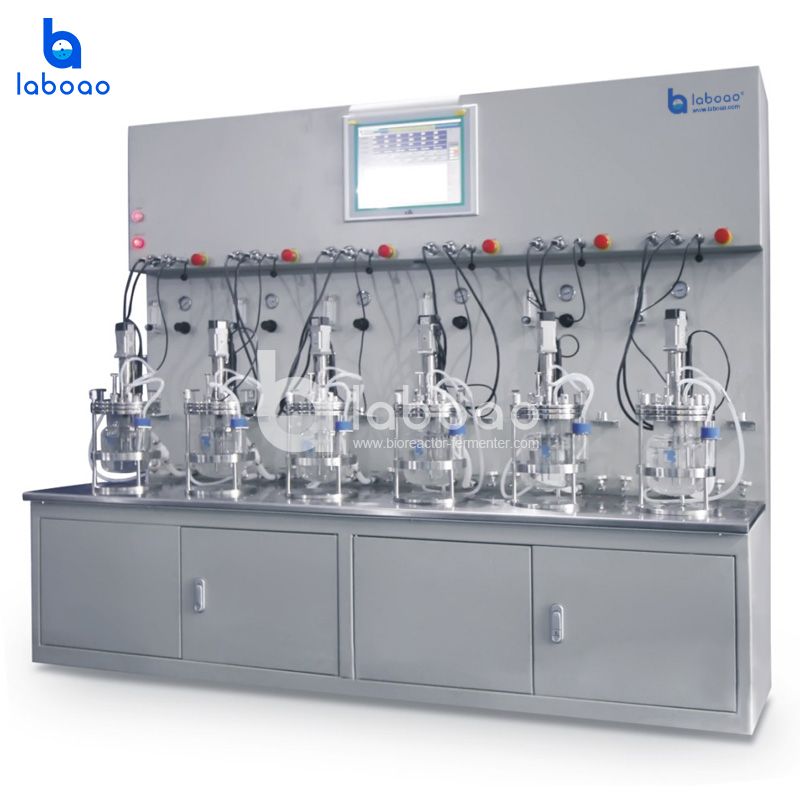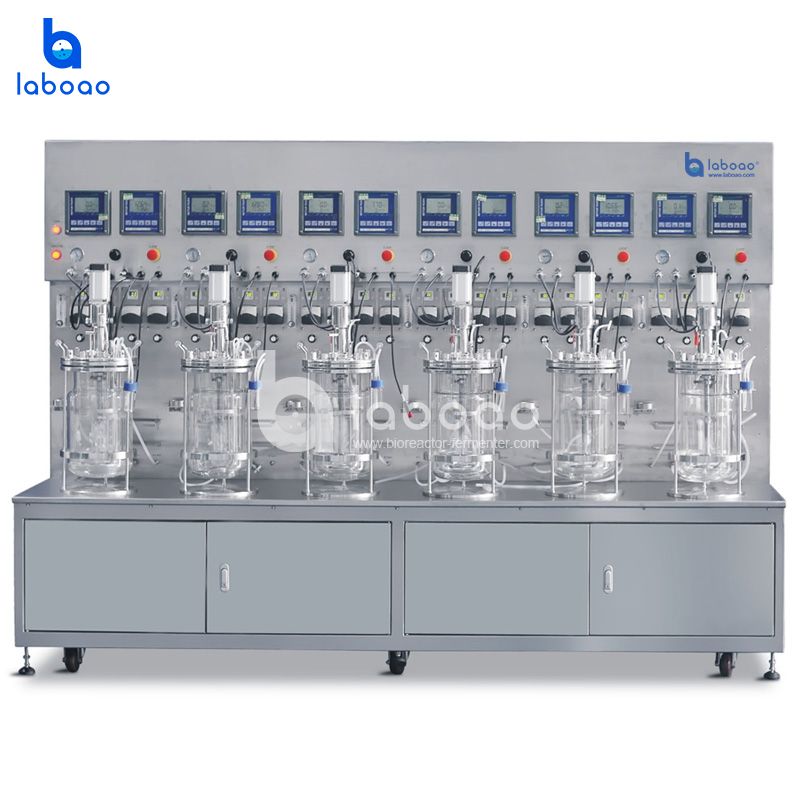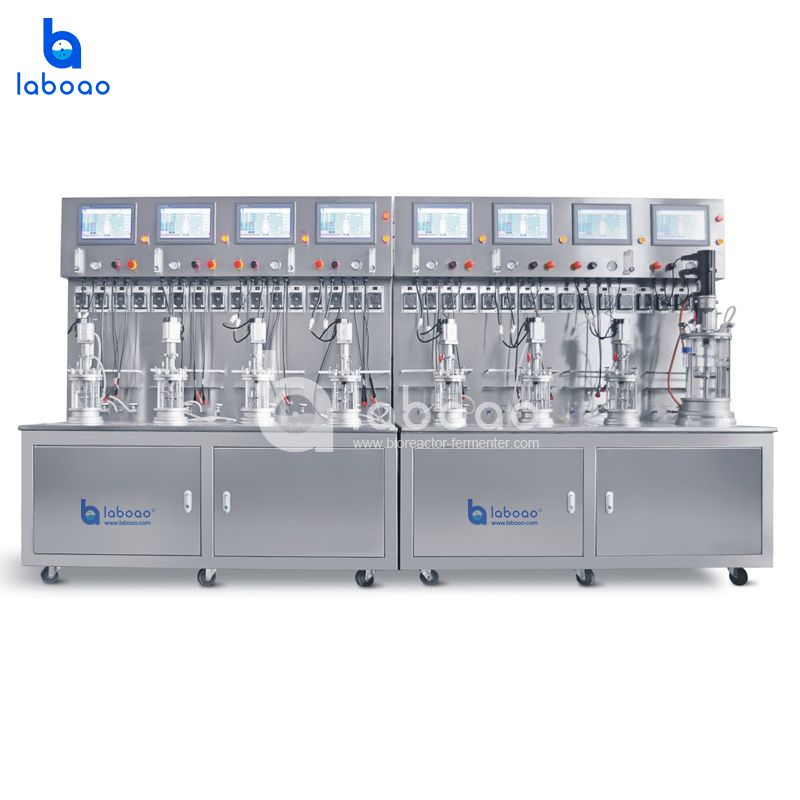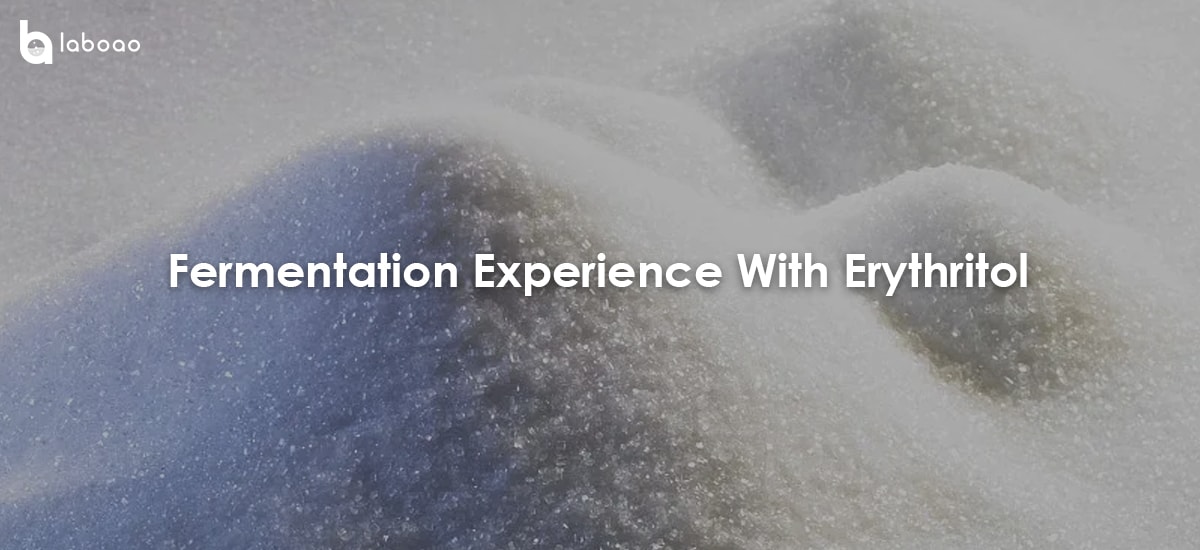
In industrial fermentation production, high-osmotic resistant yeast is often used to produce erythritol. Erythritol-producing bacteria are mostly yeasts, and a few are molds and bacteria. From the perspective of strain production capacity and product conditions, high-osmosis-resistant yeast is a more suitable strain.
synthetic path
Under anaerobic conditions, glucose is converted to fructose 6-monophosphate in a fermenter, then further phosphorylated and decomposed to erythrose 4-monophosphate and acetyl phosphate, erythrose 4-monophosphate is hydrolysed by phosphodiesterase to generate erythritol; hyperosmotic yeast can also synthesise erythritol via the pentose phosphate pathway under oxygen-depleting conditions.
Process flow
Starch is used as raw material through enzymatic hydrolysis to obtain a glucose-rich matrix. After infiltration by yeast or mold, it is fermented in a fermentation tank to produce a mixture of erythritol, a small amount of glycerol, ribitol and trace amounts of other polyols, which is filtered and concentrated. , crystallize, separate, dry and refine to obtain erythritol.
Fermentation control
Air shaker speed: Under the condition of the same liquid volume, the oxygen supply of the strain is controlled by changing the shaker speed, and the shaker speed is finally determined to be 180r/min.
Suitable fermenter temperature: The suitable temperature for this strain to ferment and produce erythritol under the optimal substrate concentration is 34°C. The suitable fermentation temperature and the suitable growth temperature are not consistent. The optimal growth temperature is 30°C. As the temperature increases or decreases, the yeast growth period lags behind, and the production time of erythritol is also delayed. Therefore, the temperature is 30°C in the early stage of fermentation and 34°C after 40 hours.
pH control: pH value has a significant impact on the life activities of yeast. Hydrogen ions can change the charge of cell protoplasts. As the concentration of hydrogen ions changes, the absorption and utilization of nutrients by cells will also be affected. The growth of most yeasts The optimal value is 4.5-5.0, and this strain is suitable for growth and fermentation in the pH range of 4-6.5.
Ventilation volume: 0.5vvm (the ratio of ventilation volume per minute to the actual liquid volume of the tank). During the bacterial growth period, the dissolved oxygen is controlled to 30%. After 50 hours, the dissolved oxygen is adjusted to 15% until the fermentation is completed.
Foam: During the fermentation process, a large number of bubbles will be generated due to ventilation and stirring, which will hinder the diffusion of oxygen in the fermentation liquid and affect the respiration and metabolism of the bacteria. Therefore, defoaming must be carried out, and the methods include mechanical defoaming and chemical defoaming.
downstream processes
The main steps:
(1) Separation of bacteria from fermentation liquid in fermentation tank.
(2) Fermentation broth clarification and preliminary purification.
(3) Decolorization and purification of fermentation broth.
(4) Concentration and crystallization of fermentation broth.
(5) Recrystallization to prepare pure erythritol.
